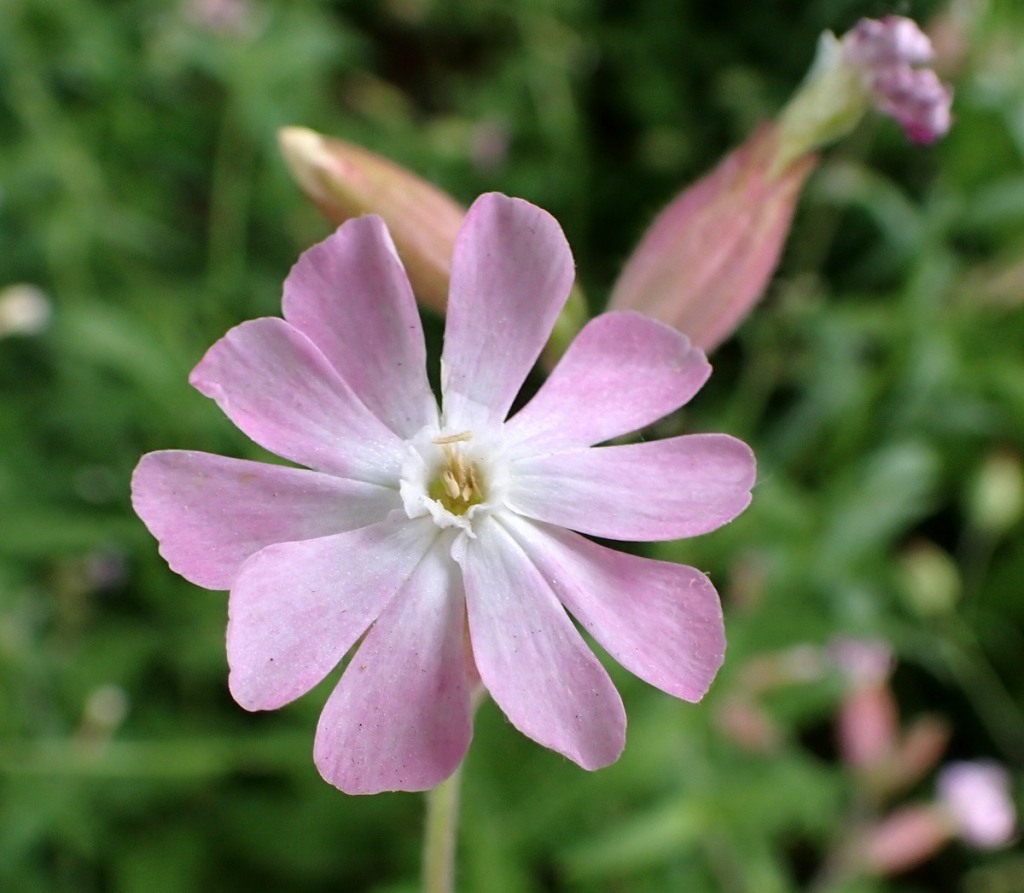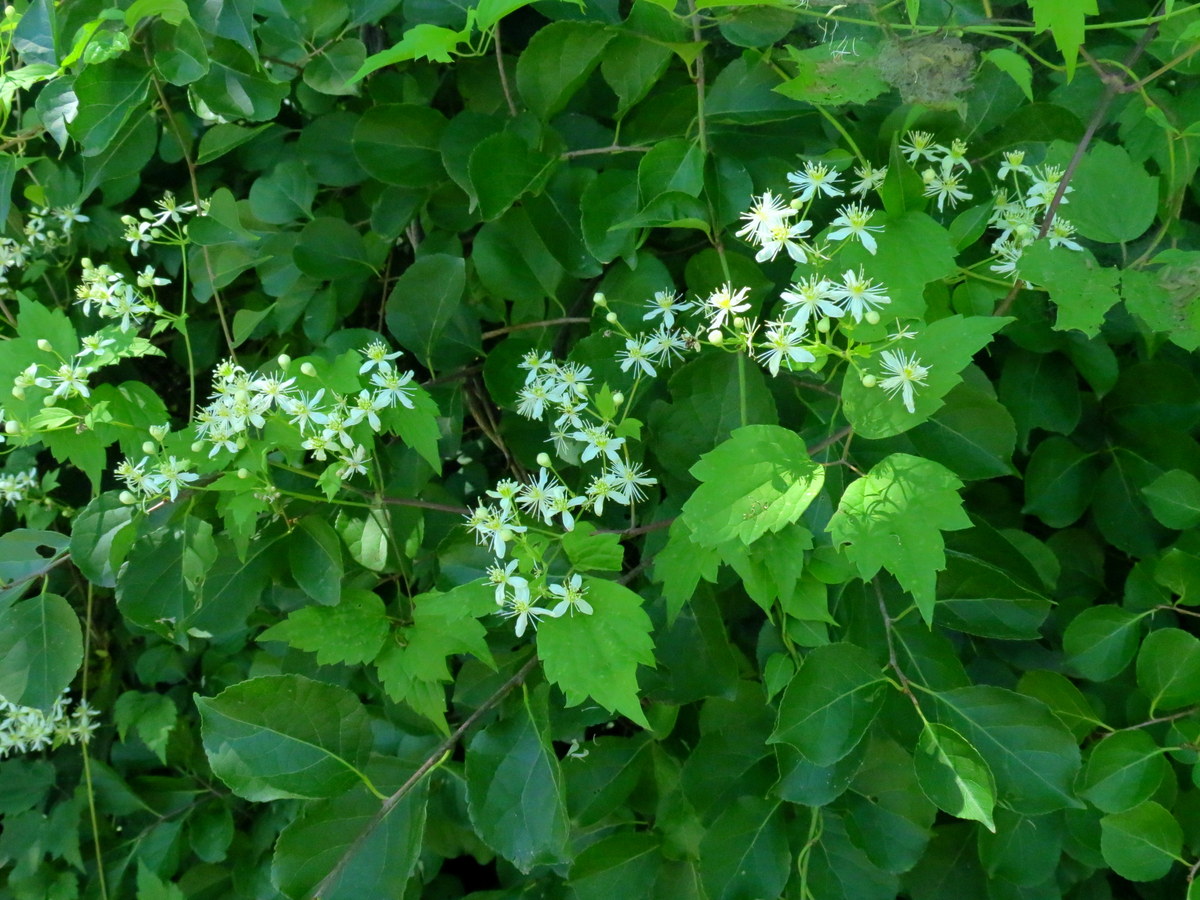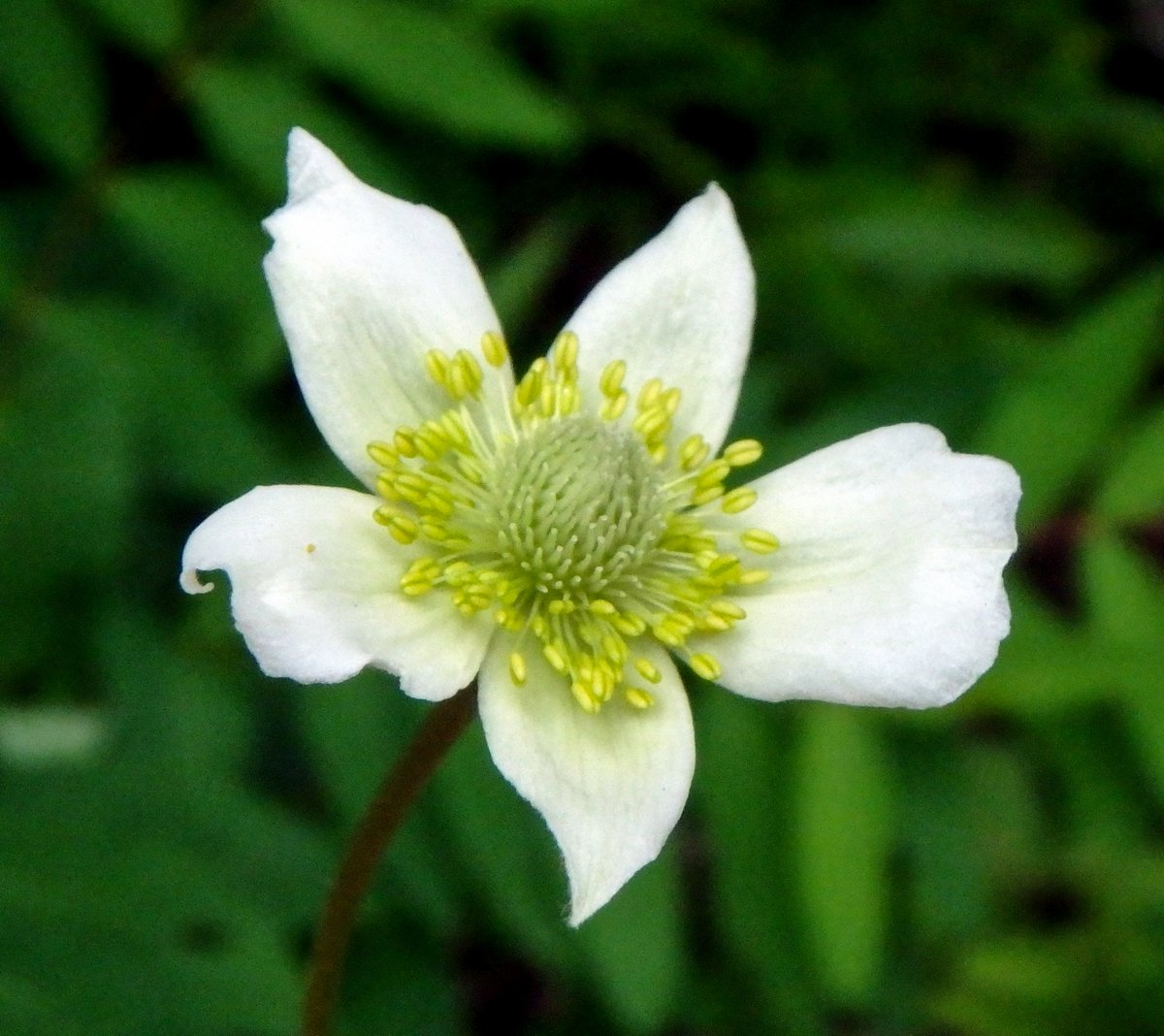
It wouldn’t be summer without black eyed Susans (Rudbeckia) and here they are, right on schedule. I’ve noticed over the past few years though, that they have seemed to bloom earlier each year and what was once July has now become June. Since I’ve always thought of them as a fall flower, their early arrival always comes with mixed feelings. Cheery yes, but let’s not rush into fall, has been my main gripe. At least this year they waited a bit.
This plant was always believed to have been given its common name by English colonists, but that caused a real conundrum among botanists who all agreed that it was a prairie native. Though everyone still agrees that it is a prairie native, recent research has shown that it was growing in Maryland in the 1600s. In other words it was most likely growing in all parts of the country then, just as it does today.

One day probably 40 years ago a kind man who was the director of the MacDowell artist’s colony in Peterborough at the time told me if I could name the plants that made up his hedge, he’d hire me as his gardener. I got the job, and I think of him and that day we stood on his lawn every time I see a purple flowering raspberry (Rubus odoratus.) It is in the rose family and at a glance you might think you were seeing a rose, until you saw the big maple shaped, light gathering leaves that allow it to grow in shade. The 2 inch diameter flowers always look like they need ironing, so that’s another hint that what you’re seeing isn’t a rose

Our native dogwoods are starting to bloom and I think this one is a gray dogwood (Cornus racemosa). Gray dogwoods are large shrubs that can get 12-15 feet tall and at least as wide. Its flowers become white, single seeded berries (drupes) on red stems (pedicels) that are much loved by many different birds. Most of our native dogwoods like soil that is constantly moist and can be found along the edges of ponds, rivers, and streams.

Shrub dogwoods can be difficult to identify at times but gray dogwood flowers clusters tend to mound up in the center enough to appear triangular, and other dogwoods have flower clusters that are much flatter. Both gray and red osier dogwoods (Cornus sericea) have white berries. Silky Dogwood (Cornus amomum) has berries that start white, have a period of blue and white, and then finally ripen to blue.

One of my favorite “weeds” is crown vetch (Securigera varia). It is in the pea family and was imported from Europe and Asia for soil erosion control. The long, wiry vines can be found along roadsides and in fields, and I’ve even found it in forest clearings. This plant is toxic and has killed horses, so you might want to watch along roadsides before you let your horse stop for a snack.

Crown vetch is very beautiful, in my opinion. Each flower head looks like a bouquet of orchids. All flowers make me glad I’ve found them but some go beyond that and absorb all that I am for a time, and this is one of those. It’s such a beautiful place to get lost in.

I found knapweed growing near the crown vetch, which seems right considering it was also imported to stop soil erosion on roadsides. That’s where it grew in great numbers, but the plants had just started blooming. I think this is brown knapweed (Centaurea jacea) but I could be wrong. The plant is very invasive in some states but this particular colony of plants has been here for years and really hasn’t grown any larger.

Since they grew in a small weed patch in back of our house hedge bindweeds (Calystegia sepium) have been with me my entire life, but not this one. The ones I grew up with were pure white, but now most of those I see are pink and white like this one. It doesn’t really matter what color it is though because these blooms are in my genes. They played a large part in my lifelong love of flowers. I’d watch them open, watch which insects visited them and how they twined around the other plants, and for a while it seemed that I knew them better than I knew myself. That’s why I often call a flower or plant an old friend; because they really are.

St. John’s wort (Hypericum perforatum) on the other hand, is a plant that I can’t call an old friend because I never saw it until I became a gardener and started working over in Peterborough. Just 20 miles away they had it, but we here in Keene didn’t, or at least I never saw it. It seems to be one of those plants which, like pokeweed, just kind of snuck in unnoticed but are now everywhere you go. I’m sure if they had been here when I was a boy I would have seen such a pretty flower. I got around, always in a ditch or pond or meadow somewhere, and I was always watching for new plants.

Tall thimbleweed (Anemone virginiana) gets its common name from the way its seed head grows into a shape and size that resembles a thimble. It’s a pretty flower that isn’t real common here, but I do see it now and then. They are about and inch across and are easy to miss once the white sepals have fallen off. Eventually they’ll release white cottony seeds to the wind. I’ve read that Native Americans burned the seed heads to revive the unconscious, but I don’t know how true it is. Like all plants in the anemone family it is toxic and can burn the mouth and throat if eaten.

I saw more lupines blooming beautifully on a roadside, along with many other flowers.

A smooth rose (Rosa blanda) grew by a road that ran through a cemetery. It is a native rose with almost thornless stems. It’s very pretty and has a nice fragrance, and I would have liked it in my yard.

Feverfew (Tanacetum parthenium) is a plant I haven’t seen for probably 40 years or more but I found this one in a public garden recently. It’s a very pretty flower that reminds me of an ox-eye daisy but it is much smaller. According to Mount Sanai hospital “This member of the daisy family has been used for centuries to treat headaches, arthritis, and problems with labor and childbirth. Ancient Greek physicians used it to reduce inflammation and treat menstrual cramps. Although it was once used to treat fevers, as its name suggests, it was not very effective. It is now used to prevent migraine headaches, and several scientific studies suggest that it works well for that purpose.” I’m always fascinated by the uses plants have but I’m even more fascinated by how the use was discovered. How do you reach the point where you say well, this plant has a nasty odor and tastes bitter and might kill me, but I have the worst headache I’ve ever had so I’m going to make tea out of it? There are very many plants (and fungi) which could make that cup of tea the last one a person ever had. Did they draw straws? Short straw gets to drink?

Foxglove (Digitalis purpurea) is another plant that can cure or kill. Or at least, the compounds in it can. I’ve had the plant in my gardens forever and it has never hurt a fly. It’s all in how you use them, and if you happen to have cardiac arrhythmia, the digoxin made from the plant could save your life. Digitalis means finger-like and speaks of the shape of the flowers. I’ve read that herbalists used to, back in the 1700s, pick and dry the leaves and then rub them down into a fine green powder, which could then be used in an infusion to treat many ailments. But I wouldn’t play around with doing that, because it is a very toxic plant that has been known to kill. I just watch the colony that I have in the back yard grow each year and enjoy seeing them. Sometimes I even stick my finger in one, just to see if it fits.

Whorled loosestrife (Lysimachia quadrifolia) is our second native yellow loosestrife to bloom, coming right on the heels of swamp candles. At about a foot tall it isn’t much taller than swamp candles but it is bushier. This plant doesn’t have as much of a need for water as swamp candles but I’ve seen it near water occasionally. Its common name comes from the way its leaves are whorled about the stem, meaning each group of four leaves all radiate about the stem in the same plane. If you picture looking at the edge of a plate while holding it parallel to the floor, that is what you see with whorled leaves. Four small yellow flowers grow out of the four leaf axils. It’s a pretty plant, especially when massed as they often are.

The old orange “ditch lilies” (Hemerocallis fulva) have come into bloom. This daylily is so common I see it everywhere I go, including in roadside ditches, and that’s where the common name comes from. It is one of those plants that were passed from neighbor to neighbor and spread quickly because of it. Today it is one of those plants that new homeowners go out and dig up when they can’t afford to buy plants for their gardens. It was introduced into the United States from Asia in the late 1800s for use as an ornamental and plant breeders have now registered over 40,000 cultivars, all of which have “ditch lily” genes.

Just after I said that I never saw mock orange (Philadelphus) anymore I saw one on the roadside. This is a very old-fashioned shrub that gets its common name from its wonderful fragrance, which smells like citrus. No yard should be without one in my opinion, but it seems to have fallen out of favor. I have a huge old example that bloomed beautifully but I had to move it and all it has done since is sulked. Normally they are a care free, plant it and forget it kind of shrub that can give many years of pleasure without asking for anything in return.

I’ve wondered for years now whether this campion is a true rose campion or if it is a white campion (Silene latifolia) with a pink blush. I’m fairly certain it is a blushing white campion but I’ve never really known for sure. In either case it’s a pretty flower.

I saw a scabiosa blooming in a local garden, trying to entice insects. It’s a busy but beautiful thing.

Canada thistle (Cirsium arvense) is also called creeping thistle, but it is also called cursed thistle, mainly because of its deep and extensive creeping root system. The plant is nearly impossible to eradicate once it gains a foothold and for that reason it is considered a noxious weed in many states. It isn’t considered invasive here in New Hampshire but it is on the watch list. Wherever I’ve found them growing, they haven’t spread at all. I think the flowers are pretty, but I’m not the one trying to dig them out of my pasture.

I saw one of the smallest violas I’ve ever seen. It couldn’t have been any bigger than an aspirin, and it had just a blush of blue on it.

These are some roadside flowers that caught my eye. They are all lowly weeds and none is native but if you can put all that aside and just love them for what they are you’ll enjoy the outdoors a lot more.

Finally, because I won’t get another flower post in before the 4th of July, I thought I’d show you some of nature’s fireworks in the form of flowers. The male blossoms of tall meadow rue (Thalictrum pubescens) always remind me of “bombs bursting in air.” I hope everyone will have a safe and happy 4th.
My soul can find no staircase to Heaven unless it be through Earth’s loveliness. ~Michelangelo
Thanks for coming by.




















































































